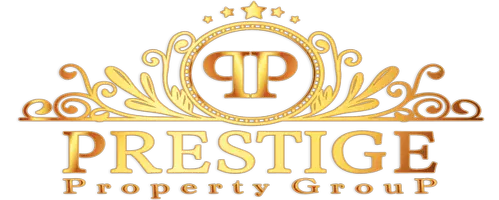Ivy League Universities Own Billions in Property—and Most of It Isn’t for Students
Ivy League schools are known for educating presidents, billionaires, and Nobel Prize winners. But behind their ivy-covered walls lies a lesser-known empire: vast, tax-exempt real estate portfolios.
Harvard’s $53 billion endowment exceeds the GDP of 124 countries. Columbia has spent $6.3 billion expanding a single campus in West Harlem. Cornell owns 486 properties, with real estate interests in 24 states and four foreign countries.
While housing costs skyrocket and public services strain under budget shortfalls, these elite institutions have continued to accumulate land, often with steep tax breaks or incentives. And if only a sliver of their holdings is used for classrooms, dorms, or student services, it raises the question: Who are these investments really serving?
By the numbers: What they own—and what it’s used for
Yale is New Haven’s largest landlord, according to a 2020 report from Reonomy, a commercial real estate data provider. It also receives a $157 million property tax break every year. And despite touting a $7 billion economic impact on its website, the local public school district is up against a multimillion-dollar deficit.
It’s a tension that illustrates the push and pull factors of Ivy League universities across the East Coast. These institutions are powerhouses: bringing in untold sums of money in research grants, top talent from across the world, and a fresh crop of new students and the corresponding tourism of their families and interested prospects to local economies every year.
In other words, they keep local economies booming, which may be why so many local governments have worked so hard to offer incentives to the schools to continue their expansions.
The scale of their real estate portfolios is hard to pin down—and perhaps that’s the point. There’s no single source that tracks how much land is held by tax-exempt universities, let alone how much is actually used to directly serve students.
But the available evidence suggests the vast majority of these holdings are not dorms, classrooms, or libraries. Instead, they’re office buildings, biotech campuses, or vacant land. Some of it sits in hot markets like Boston or New York City. Some of it is tucked away in farmland and forests in Texas and Montana, as Reonomy’s report shows.
Tax exemption, minimal accountability
For most homeowners, property taxes are non-negotiable. But for Ivy League universities, they’re often optional.
As tax-exempt nonprofits, these institutions aren’t obligated to pay property taxes on the vast majority of their real estate, regardless of whether that land is used for classrooms or research development.
Some universities offer PILOTs—payments in lieu of taxes—to offset the loss. But the programs are voluntary, wildly inconsistent, and often fall far short.
Yale, for example, announced in 2021 that it would double its annual payments to the city of New Haven to $135 million in lieu of property taxes over five years. While it seems like a considerable sum, remember that its estimated tax bill is closer to $157 million every year.
Do students benefit?
Despite their educational mission, Ivy League universities often allocate a surprisingly small share of their government support toward actual students.
“Universities have always had an interest in investing in real estate, and we have seen that as endowments have grown, so have real estate investments off campus,” Nikki Russell, marketing manager for Reonomy, told the SVN commercial advisory group.
And that investor mindset shows.
Just 16% of government funding to Ivy League schools goes directly to student aid such as Pell Grants or subsidized loans, according to a paper by the conservative-leaning Heritage Foundation. The bulk flows elsewhere—toward research overhead, administrative salaries, and institutional expenses. In fact, administrative overhead outpaces student aid by a ratio of 5 to 1.
Meanwhile, housing costs in surrounding neighborhoods are rising—pricing out many of the very communities these universities claim to serve.
Inside the Ivy League’s most controversial land grab
Columbia’s Manhattanville campus in West Harlem was pitched as a revitalization project. Instead, it has become an exemplar of the dangers of Ivy League overdevelopment.
To help Columbia expand, New York state used eminent domain to seize properties for the university. In return, Columbia promised to be a good neighbor, hire local workers, and give the local community access to its redeveloped and improved public lands.
In practice, however, much of that land was repurposed for academic buildings, private laboratories, and graduate student housing—spaces with limited or no public access. What was once a tight-knit, working-class community is now fractured by steel and glass research towers.
According to city data, poverty rates in Central Harlem still hover around 28%, while the university’s student body boasts a median family income triple that of the surrounding neighborhoods.
The next chapter
The real estate ambitions of Ivy League universities highlight a broader tension being felt across the country: how to balance the property tax burdens of powerful real estate investors, as more longtime lower- and middle-income families struggle to shoulder the costs.
These schools generate undeniable benefits—top-tier research, global prestige, and local jobs—but the scale of their holdings and the structure of their tax exemptions raise questions that extend beyond campus gates.
With local governments strapped for revenue and housing affordability at crisis levels, the stakes are no longer academic. Policymakers, communities, and universities alike will have to wrestle with whether current tax and land-use rules still make sense in an era when nonprofit campuses look increasingly like corporate landlords.
Categories
Recent Posts










GET MORE INFORMATION

